Hello Guys,
Back-Bonding is one of the most important topic for Jee Mains, Advance, NEET & AIIMS.
Sigma bond: A covalent bond resulting from the formation of a molecular orbital by the end-to-end overlap of atomic orbitals, denoted by the symbol σ.
Pi bond: A covalent bond resulting from the formation of a molecular orbital by side-to-side overlap of atomic orbitals along a plane perpendicular to a line connecting the nuclei of the atoms, denoted by the symbol π.
now, coming to the explanation part:
If there is bonding between two atoms where one atom is having one vacant orbital and another is having one lone pair of electrons, then this electron pair is donated to that respective vacant orbital ..then this bonding is called p-p or p-d depending upon the orbital to which the pair is donated and from which the electron pair is donated. if both the orbitals are d, then its called d(pi)-d(pi) bonding. these bonding are also called back-bonding bonds.
Eg.
in BF3, B has incomplete octet so a fully filled p(pi) orbital of F donates a lone pair of e to the vacant orbital of B. so here pp(pi)-p(pi) bonding occurs and is known as back-bonding also.
dπ-pπ bonding is the formation of a π molecular orbital by the overlap of a d orbital on one atom with a
p or p* orbital on another atom.
An example is the orbital overlap in a metal carbonyl such as Ni(CO)₄.
Usually, one atom supplies both electrons to the new bond. If the
d-orbital supplies the electrons, the process is called backbonding.
Phosphorus does not form dπ-pπ bonds, because the d-orbitals on P are too high in energy.
However, the lone-pair electrons in phosphines (R₃P) make good
σ donors to the d orbitals of transition metals.
Electron withdrawing groups lower the energies of the
σ*orbitals. These antibonding orbitals can then act as backbonding
π acceptors. PF₃ is almost as good an acceptor as CO. Phosphites [(RO)₃P] are about half as good as CO.
Watch our others videos:-
—————————————————————————————
Solvation and Solvation Energy for JEE
————————————————————————————–
Supertrick to find Bond Order for resonating Structure (Part -II)
—————————————————————————————
Supertrick to Find Bond Order (Part – I)
—————————————————————————————
Inert Pair Effect in p-Block Chemistry
—————————————————————————————
Tricks to understand basicity of Amines
—————————————————————————————
Drago Rule in Chemical Bonding
—————————————————————————————
Bent’s Rule in Chemical Bonding
—————————————————————————————
Graham’s Law of Diffusion in Gases
—————————————————————————————
Thermal Stability of Salts (Theory)
—————————————————————————————
Like our Facebook Page and Share with friends
https://www.facebook.com/iitianexplains/
—————————————————————————————-
Thanks
We Hope you will enjoy the Lecture.
Team
IITian explains.
source


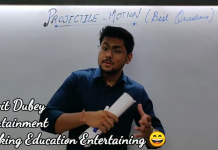




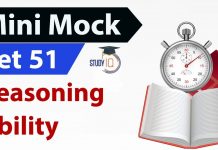

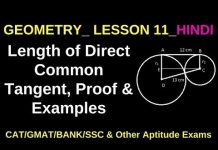

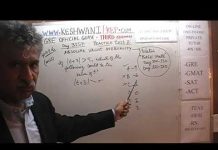

![CY_GATE_2019_PHYSICAL_SPECTROSCOPY_[ELECTRONIC_BASIC]_All IN ONE_[Short_Trick]_2018-19_PART_1ST - Videos](https://trends.edugorilla.com/wp-content/uploads/sites/8/2018/08/cy_gate_2019_physical_spectroscopy_electronic_basic_all-in-one_short_trick_2018-19_part_1st-218x150.jpg)



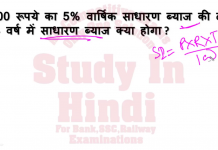


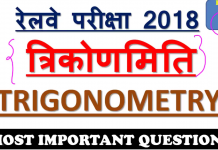
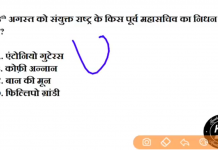
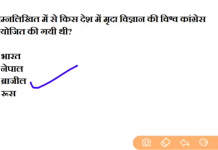
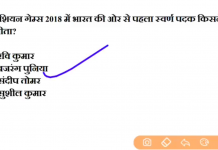





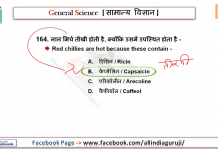

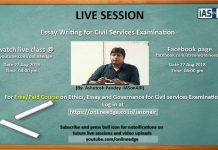
![24 August 2018 – The Indian Express Newspaper Analysis हिंदी में – [UPSC/SSC/IBPS] Current affairs - Videos](https://trends.edugorilla.com/wp-content/uploads/sites/8/2018/08/a520-218x150.png)
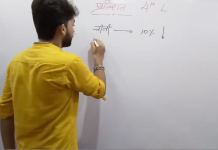



1st view and the video was awesome sir it cleared my all doubts..thnx
Sir plz thermodynamics pr video banaiye and thank u very much sir for this video
Shaandar Concept Junior.Proud on you. ?
Awesome sir
Sir Metal carbonyl Ko bhi detail mein expalin krna, plz.. If u can ?
Fabulous lecture hope you cover more topics in less time
Nice sir
Thank you so much sir…!!! its such a new concept for me..!!!
good lecture sir
sir u explain very nicely and in detailed manner . So please video on equilibrium also.
Sir really i can't describe ur goodness.I had watched videos of many mentors on youtube but the art of teaching i find in u sir is really undefined.some days before i know about ur chanell when i watched two,three videos of u like Bent's rule n many more .i subscribed the chanell at the same time n i told to my friends also to subscribe this chanell.sir u r doing a noble job.please make a videos on states of matter n thermodynamics that will be ur most kindness sir.